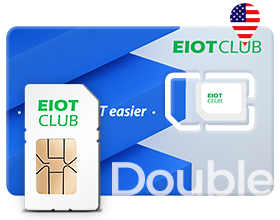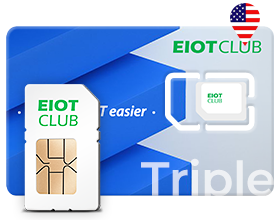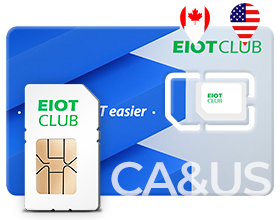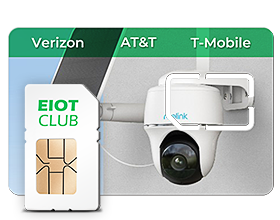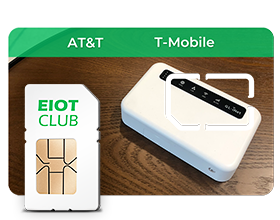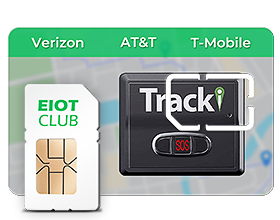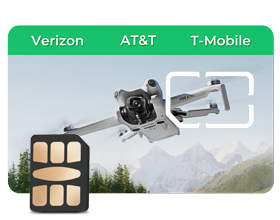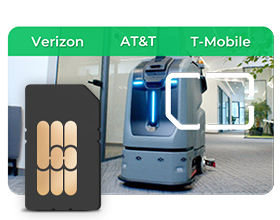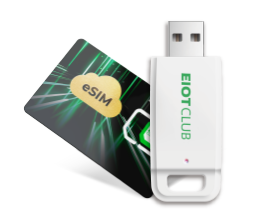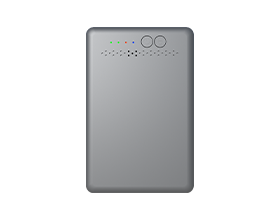Router SIM vs. Regular SIM: Why Your Mobile Hotspot Needs the Right Plan

It's a tempting idea to take the SIM card from your phone and pop it into a new 4G or 5G router to get online. The cards look identical and fit perfectly, so it seems like it should work. However, the service plan for your phone is designed very differently from the data-only plan a router needs. Using a phone SIM in a router often results in slow speeds, an unreliable connection, and may even violate your carrier's terms of service. This guide explains the practical differences to ensure you use the right plan for your device.
Two Types of SIMs, Distinct Purposes
While both serve as your device's identification on a mobile network, regular phone SIMs and router/data-only SIMs communication services. Typically, it includes allowances for voice calls, SMS and MMS text messages, and mobile data. The primary intention of this data allowance is for consumption directly on the smartphone itself – browsing websites, using apps, and streaming media on your phone's screen. While many phone plans offer a feature for creating a personal hotspot (tethering), the data allocated for this purpose is often treated separately and comes with significant limitations.
The Router/Data-Only SIM: Powering Your Mobile Broadband
Conversely, a router SIM, often associated with mobile broadband plans, is laser-focused on providing a substantial amount of data. These plans generally forgo traditional voice call and SMS allowances, concentrating solely on internet connectivity. The purpose is to serve as the primary internet source for various devices connected through a mobile hotspot, 4G/5G router, or even some tablets. These plans are built to support higher data usage scenarios such as streaming videos on multiple devices, facilitating remote work with laptops and tablets, and connecting smart home ecosystems while on the go or in areas with limited wired internet options.
Phone Plan vs. Data Plan: The Core Differences That Affect Speed
The difference between these plans isn't just on paper; it affects how well your internet works. Limits on data, network preference, and the carrier's terms of service are the three most important things to consider.
Data Allowances and Throttling
If a phone plan says it gives you "unlimited" data, that usually only means data that you can use on your phone. These plans usually give you between 15GB and 50GB of high-speed data for hotspot use, which is a lot less. If you go over this limit, your hotspot speed slows down a lot, sometimes to 600 Kbps or less. It's impossible to stream videos at that speed, and it's hard to load modern web sites. In contrast, data-only plans are designed to do just that. They give you a lot of fast data (100GB or more) that all the devices linked to your router can use to their fullest.
Network Priority and Deprioritization
Carriers set up their networks so that everyday phone calls come first. They can tell what device you have by its unique IMEI number, and data coming from a phone hotspot is often not given as much attention. This means that when the network is busy, your hotspot connection will be the first to slow down so that other users can join. If you have a proper data-only plan, traffic from a router is seen as legal broadband use and is given higher priority. This makes the connection more stable and dependable.
Terms of Service and Prohibited Use
In most phone plans, the terms of service (ToS) say that the SIM card can only be used in a phone. Most of the time, it is against this agreement to use that SIM card as the router's major internet source. Carriers can make this happen immediately. Their systems can tell when a phone SIM's IMEI number doesn't match the device it's being used in, and if you use a lot of data on that link, your account could be flagged for review or even shut down.
The Risks of Using a Phone Plan in a Router
Ignoring these differences and using a phone SIM in your router can lead to several predictable problems. These issues are the direct result of the policies on throttling, deprioritization, and terms of service that we just covered.
- Consistently Poor Performance: This is the most common consequence. You will likely burn through the small hotspot data allowance on a phone plan very quickly. Afterward, the connection becomes too slow for most activities. Even before you hit the limit, the lower network priority means your video calls might freeze, online games will lag, and streaming services will buffer constantly, especially in the evenings when network traffic is high.
- Service Penalties: Violating the terms of service can have real consequences. Carriers' automated systems can detect the misuse. Often, the first step is a warning text or email. If the usage continues, the carrier may suspend your data service temporarily. For repeated violations, they reserve the right to terminate the specific line or even your entire account.
- Device Incompatibility: Sometimes, the combination simply won't work from the start. A router that you buy directly from a carrier is often "locked" and programmed to only accept a SIM associated with a compatible data-only plan from that same carrier.
How to Choose the Right Plan for Your Router
To avoid these headaches, it's important to select a plan that is actually designed for your device and your needs.
Step 1: Estimate Your Data Needs
Be realistic about your internet consumption. For context, an hour of streaming an HD movie can use 3GB of data usage estimates by Netflix, while a full 8-hour day of remote work with some video conferencing might use between 5GB and 10GB.
- Light Use: For occasional trips where you just check email and browse a bit, your phone's built-in hotspot allowance may be sufficient.
- Heavy Use / Digital Nomad: If you rely on this connection for work or daily entertainment on the road, you absolutely need a dedicated data-only plan with a high cap (100GB is a good starting point). For those who travel internationally, a product like the Eiotclub 5G BizGlobalLink Access card is ideal, as it's designed to provide router and hotspot access in over 200 countries.
- Home Internet Replacement: If the router will be your primary internet at home, you must look for specific "4G/5G Home Internet" plans. For this kind of heavy, domestic use, a SIM like the Eiotclub 5G US Connect SIM Card, which is made to work with mobile hotspots on major US networks, is a strong example of a suitable choice.
Step 2: Know the Right Terms to Search For
To find the correct plans, use specific keywords in your search.
- "Mobile broadband plans"
- "Data-only SIM plans"
- "Hotspot plans"
- "4G LTE Home Internet" or "5G Home Internet"
Step 3: Check Device and Carrier Compatibility
Ensure the router you have or plan to buy works with the carrier's network. This is especially important for unlocked routers, which need to support the correct frequency bands. Also, check that the carrier's plan officially supports your specific router model.
Step 4: Read the Fine Print Carefully
Before committing, get clear answers to the following questions. The details matter.
- What is the exact amount of high-speed data?
- What is the precise throttled speed after you exceed the cap? (Is it 1 Mbps or 128 Kbps? There's a huge difference.)
- Is video streaming quality restricted (e.g., limited to 480p) even on your high-speed data?
- Does the plan have a deprioritization threshold.? (Even some "unlimited" data-only plans may slow your speeds during network congestion after you've used a certain amount, like 50GB.)
For Stable Internet, Match the Plan to the Device
A SIM card is just a key, and the plan is the contract that defines how that key works. Putting a phone SIM in a router is a mismatch that leads to poor speeds and the risk of being disconnected. By choosing a proper plan(compare Data-Only vs. Traditional Plans) designed for your router, you ensure that you get the speed, performance, and data volume you're paying for. This provides a stable, stress-free internet connection you can rely on.
